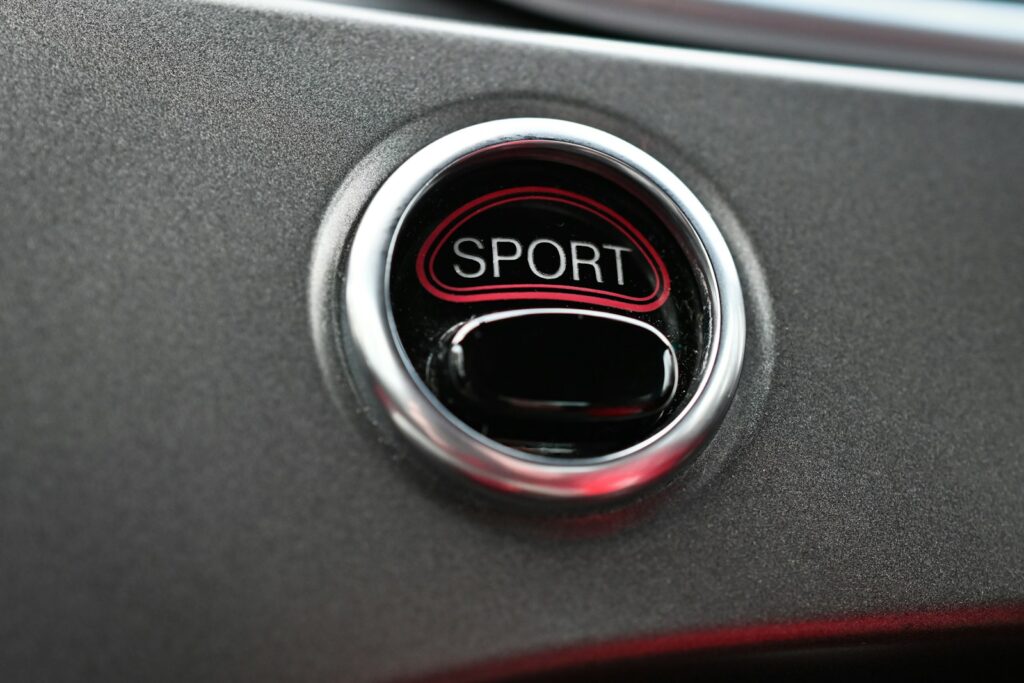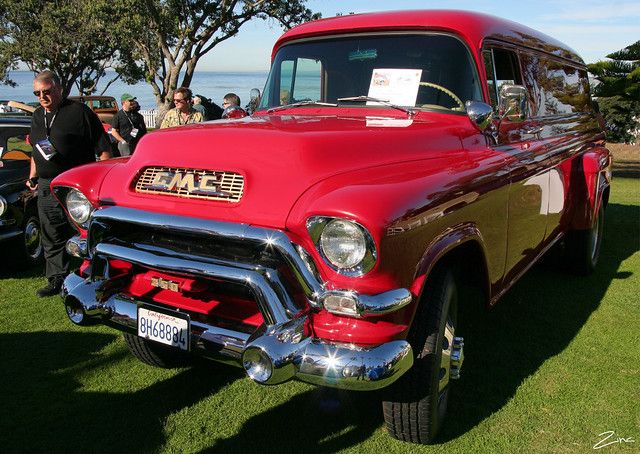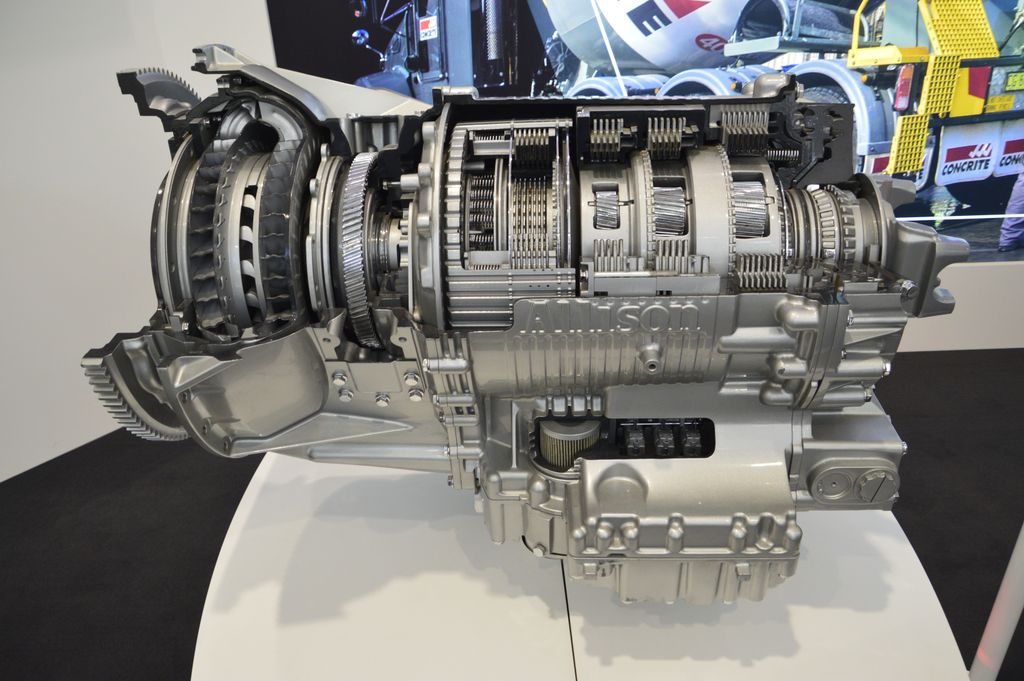
For many drivers, especially those new to automatic transmissions or perhaps new to a particular vehicle, the array of letters on the gear shifter can be a source of genuine confusion. While P, R, N, and D are fairly universal and self-explanatory, the presence of an ‘S’ on some gear shifts often raises questions. What exactly does this ‘S’ signify, and how does it change the driving experience?
This in-depth guide is designed to shed light on the elusive ‘S’ mode, commonly known as Sport Mode, and provide a thorough understanding of its purpose and practical applications. We’ll delve into the foundational mechanics of how automatic transmissions operate, explore the standard gear selector options, and then unpack the specific benefits and potential drawbacks that come with engaging Sport Mode. Our aim is to equip you with the knowledge to make informed decisions about when and how to best utilize this feature.
From enhancing power and responsiveness to impacting fuel economy and engine wear, Sport Mode offers a distinct driving dynamic. By the end of this comprehensive exploration, you’ll have a clear grasp of what the ‘S’ means on your gear shift, how it works, and the optimal situations for engaging it to maximize your vehicle’s performance and your driving enjoyment. Let’s embark on this journey to decode your car’s transmission capabilities.
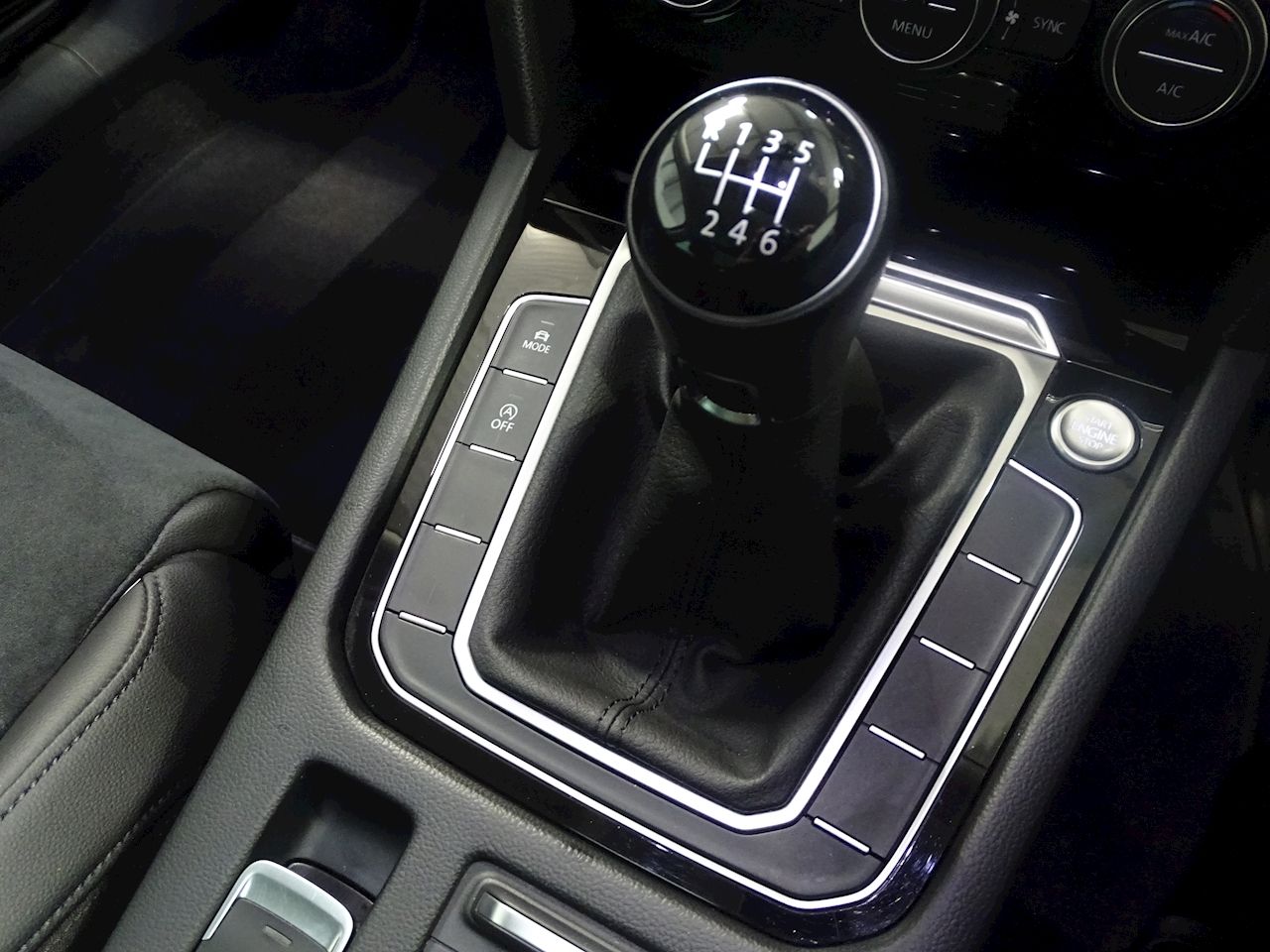
1. **What ‘S’ Means on a Gear Shift**
The ‘S’ on a car’s gear shift unequivocally stands for Sport Mode. This specialized setting is not found on every automatic transmission-equipped vehicle but is a notable feature in many, especially those where a more performance-oriented driving experience is desired. When a driver selects the ‘S’ mode, the vehicle’s automatic transmission is recalibrated to prioritize dynamic performance over the standard balance of power and efficiency typically offered by the ‘D’ (Drive) mode.
Activating Sport Mode fundamentally alters the engine and transmission behavior. The engine is prompted to deliver higher RPMs, keeping the transmission in a lower gear for extended periods. This results in a sportier, more responsive drive, mimicking the feel of a sports car. Whether you are behind the wheel of a family SUV or an executive sedan, engaging Sport Mode can significantly increase the on-road enjoyment, offering a more engaging and exhilarating connection with the vehicle.
However, it’s important to recognize that the precise effects of Sport Mode can vary considerably depending on the specific car model. In many vehicles, the Sport Mode primarily adjusts the automatic transmission settings, optimizing shift points for quicker acceleration and sustained power. In more advanced or performance-oriented models, it may also influence other aspects of the vehicle’s dynamics, such as engine performance characteristics and even the stiffness and responsiveness of the suspension system, truly transforming the car’s overall character.
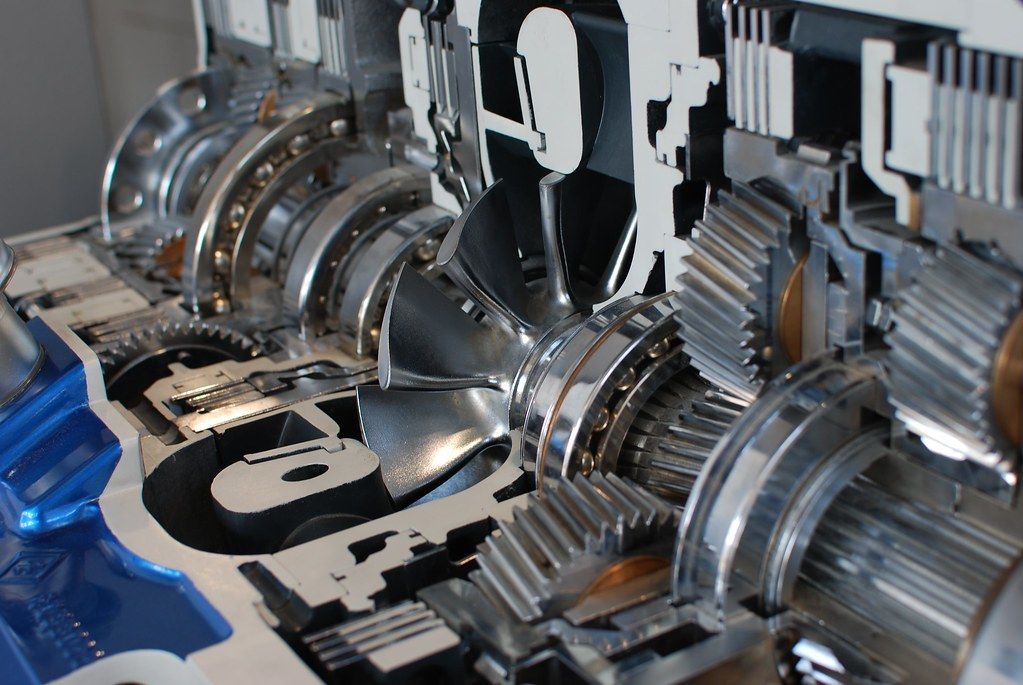
2. **The Fundamental Purpose of a Car’s Transmission**
At the heart of any vehicle’s ability to move under its own power is the transmission, often referred to as the gearbox. This crucial component is solely responsible for enabling the car’s wheels to utilize the engine’s power effectively, translating rotational energy into the necessary force to propel the vehicle forward or backward. Without a properly functioning transmission, a car would be virtually undrivable, unable to maintain appropriate speeds or efficiently deliver power.
The transmission plays a pivotal role in delivering the correct amount of torque to the wheels. Torque, essentially the pulling power a vehicle possesses, is critical for acceleration and navigating varying road conditions. The automatic transmission is tasked with converting the rotational energy generated by the crankshaft, which typically spins at around 2,000 RPM, into the precise torque required for movement. This conversion ensures that the right amount of power is delivered at every moment, preventing the car from being stuck at a single high RPM or struggling to move.
In essence, transmissions were engineered to smooth out this power delivery process, minimizing energy loss during gear changes and optimizing the vehicle’s performance. This technological advancement has not only made cars more drivable and responsive but has also contributed significantly to improving fuel efficiency and making modern vehicles faster in a straight line. Contemporary car manufacturers continually refine transmission systems, seeking to perfect power delivery and introduce innovative features like various driving modes to enhance the driving experience.
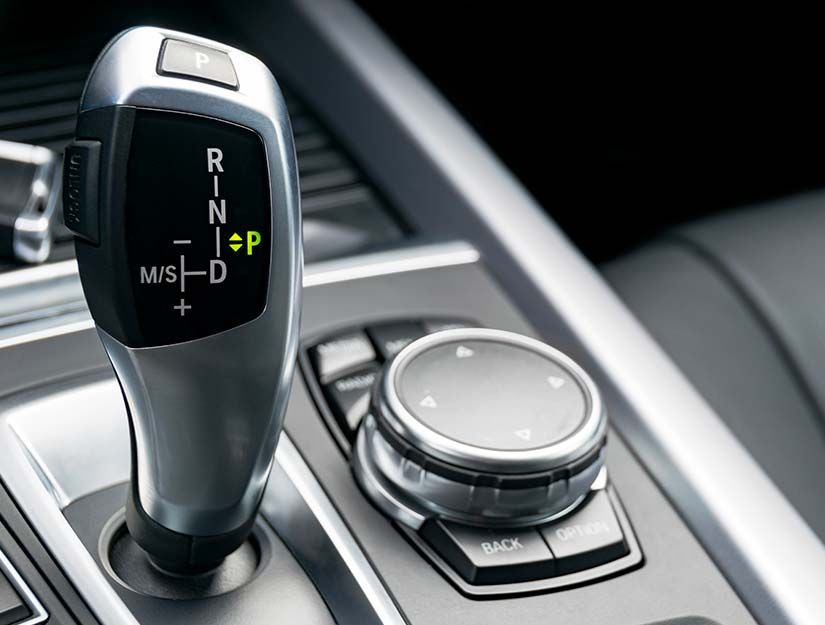
3. **How Automatic Transmissions Function**
Automatic transmissions operate through a sophisticated system that relies heavily on transmission fluid, also known as hydraulic fluid, to facilitate gear shifts. The driver’s input on the accelerator pedal dictates the amount of hydraulic fluid pushed into the transmission’s hydraulic lines, which in turn enables the seamless engagement and disengagement of different gears. This hydraulic power is the magic behind the smooth transitions experienced in an automatic vehicle.
Maintaining a clean and properly maintained transmission fluid is absolutely critical for the optimal functioning of an automatic transmission. This system is exceptionally sensitive to the quality of its fluid; using old or contaminated fluid can severely compromise the smoothness and efficiency of gear shifts. Issues such as slipping gears, noticeable shuddering during acceleration, or even the illumination of a transmission warning light can all be indicators of fluid-related problems or a general lack of proper maintenance within the transmission system.
Unlike manual transmissions, where the driver manually engages the clutch by pressing a pedal, automatic transmissions utilize a complex component known as the torque converter. The torque converter is filled with transmission fluid and acts as the crucial link between the engine and the transmission. Its primary function is to manage the engaging and disengaging of the transmission from the engine, allowing the vehicle to come to a stop without stalling the engine, and then smoothly transfer power as the car accelerates. This intricate interplay of fluid and mechanical components ensures that the automatic driving experience is both effortless and responsive.
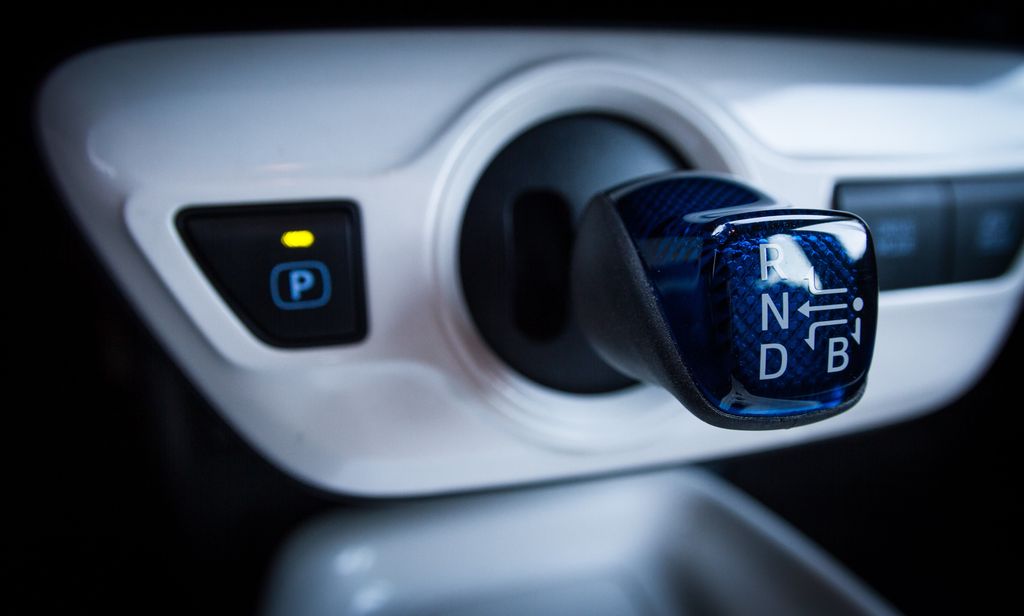
4. **The Standard Gear Shift Positions (P, R, N, D)**
Before delving deeper into specialized modes like ‘S’, it’s essential to understand the fundamental gear shift positions found on most automatic transmissions. These letters – P, R, N, and D – form the backbone of everyday driving and are the most commonly used selections. Familiarity with each ensures safe and effective operation of your vehicle, allowing you to confidently manage your car’s movement.
**Park (P)**: This is typically the starting position when you enter your vehicle and is the default when the car is turned off. In Park, the transmission is mechanically disengaged from the engine, and a locking pin engages with a gear within the transmission. This effectively locks the car’s drive wheels, preventing it from moving forward or backward. You cannot tow a vehicle when it’s in Park, emphasizing its role as a secure, stationary position.
**Reverse (R)**: As its name clearly suggests, selecting Reverse engages the gear that allows your vehicle to move backward. Once ‘R’ is selected and you apply the accelerator pedal, the car will begin to move in the opposite direction. In many modern vehicles, shifting into Reverse also automatically activates the rearview camera, providing an invaluable aid for safe maneuvering and parking in tight spaces.
**Neutral (N)**: The Neutral gear disengages the transmission from the engine, meaning that power is not being sent to the wheels, and the wheels are free to spin. While not commonly used for regular driving, Neutral is essential for specific situations. For instance, if your vehicle needs to be towed, it must be in Neutral to allow it to be moved freely. It is also the necessary position for using drive-in car washes, where the vehicle needs to roll through the wash without engine power.
**Drive (D)**: This is the mode where most drivers spend the majority of their time while operating an automatic car. When ‘D’ is selected, the transmission automatically cycles through its available forward gears, based on vehicle speed, engine RPM, and throttle input. This allows the car to move forward efficiently and smoothly, balancing power delivery with fuel economy as determined by the manufacturer. It’s the most straightforward setting for general forward motion.
5. **The Benefits of Driving in Sport Mode**
Engaging Sport Mode (‘S’) on your gear shift introduces a series of dynamic enhancements designed to provide a more exhilarating and responsive driving experience. These benefits cater to drivers seeking a heightened sense of control and performance, making the vehicle feel more agile and powerful, especially in situations where extra responsiveness is desired.
One of the most immediate and noticeable benefits is a dramatic increase in available horsepower and torque. Regardless of your car’s standard power output, there are moments when you crave more. By shifting into ‘S’ mode, many car models instantly unleash greater power, delivering an aggressive surge that can help achieve better top speeds and make acceleration feel much more potent. This enhanced power delivery is crucial for quick overtakes or when merging onto fast-moving traffic.
Complementing the power boost, Sport Mode significantly improves throttle response. When you press the accelerator pedal in ‘S’ mode, the vehicle reacts with near-instantaneous power and torque delivery. This increased sensitivity means less lag between your input and the engine’s output, leading to faster acceleration and potentially shaving off time from the 0-60 mph sprint. The car feels more eager and ready to respond to your every command.
Beyond powertrain adjustments, some car models in Sport Mode offer tighter steering and stiffer suspension. Tighter steering translates to the car responding faster and more precisely to your steering wheel inputs. This heightened responsiveness is particularly appreciated on winding roads or when navigating challenging turns, fostering a more engaging and confidence-inspiring connection between driver and road. You genuinely feel more in control, almost like a race car driver, even in a daily driver.
Furthermore, if your vehicle is equipped with an adjustable suspension setup, Sport Mode will often ensure a firmer ride and may even lower the car’s stance. This stiffer suspension dramatically reduces body roll during cornering and lowers the vehicle’s center of gravity, allowing you to handle curves with greater stability and ease. While this does contribute to a more controlled and sporty feel, it’s worth noting that the stiffer suspension can, to some extent, impact overall ride comfort, a trade-off for improved handling.

6. **The Disadvantages of Driving in Sport Mode**
While Sport Mode offers undeniable thrills and performance advantages, it’s crucial to understand that these benefits come with certain trade-offs. Driving in ‘S’ mode is not always the most practical or economical choice for every situation, and being aware of its downsides can help you make more informed decisions about its usage and impact on your vehicle.
Foremost among the disadvantages is a noticeable reduction in fuel economy. When the engine is configured to deliver increased power, torque, and responsiveness, it naturally requires more fuel to produce that output. The higher RPMs and delayed gear shifts inherent in Sport Mode mean the engine is burning fuel at a faster rate than in standard Drive mode. This change can often be dramatic and quickly translates into more frequent visits to the gas station, potentially draining your bank account faster than you’d like, unless the increase in power output is deemed worth the extra expense.
Another significant consideration is the increased wear and tear on the engine and transmission. Modern engines are designed for impressive longevity, often lasting 200,000 to 250,000 miles with proper maintenance. However, continuously operating in Sport Mode places more pressure and strain on the car’s engine. Overworking the motor for extended periods can naturally decrease its lifespan and may necessitate more frequent maintenance, such as more regular oil and filter changes, to counteract the accelerated wear that occurs when pushing the engine closer to its limits.
Finally, the enhanced performance characteristics of Sport Mode can come at the expense of ride comfort, particularly for passengers. The stiffer suspension, a feature in some Sport Mode configurations, while beneficial for handling, can make the ride noticeably firmer and less forgiving over bumps and uneven surfaces. What might feel exciting to the driver can translate into a less comfortable, perhaps even jarring, experience for others in the car, making it less ideal for everyday commutes or long journeys with family and friends.

7. **When to Use Sport Mode?**
Knowing when to engage Sport Mode is key to maximizing its benefits while mitigating its disadvantages. This specialized driving mode is best reserved for specific scenarios where its unique characteristics of heightened power, responsiveness, and handling can truly shine and enhance your driving experience, rather than being a default setting for all journeys.
Sport Mode is primarily intended for moments when you require an immediate surge of power or are actively seeking superior handling through challenging corners. A prime example is when you’re heading up steep inclines. In such situations, engaging ‘S’ mode ensures the transmission remains in a lower gear, allowing the RPMs to climb higher and providing the engine with ample acceleration to tackle the grade without feeling strained or sluggish. This prevents the constant upshifting and downshifting that might occur in ‘D’ mode, maintaining a consistent power delivery.
Furthermore, Sport Mode is highly advantageous when navigating curvy, winding roads. The increased steering responsiveness and, in some models, the adjusted, stiffer suspension, provide a more controlled and dynamic ride. This translates to less body roll and a more precise feel as you guide the car through twists and turns, making the drive more engaging and enjoyable. It allows you to feel more connected to the road and confident in your vehicle’s ability to handle the demands of the terrain.
Conversely, it’s important to recognize when Sport Mode is not the optimal choice. For instance, if you’re simply driving your family to school, running errands around town, or cruising on a straight, uncongested highway, there’s little benefit to engaging ‘S’ mode. In these everyday scenarios, the reduced fuel economy, increased engine wear, and potentially diminished passenger comfort outweigh any perceived advantages. Sport Mode is a tool for specific tasks and preferences, not a perpetual setting for routine drives.
Navigating beyond the standard ‘Drive’ setting unlocks a new dimension of vehicle control and performance, allowing drivers to tailor their car’s behavior to specific demands. In this second part of our guide, we’ll dive deeper into the differences between Sport Mode and standard Drive, address when Sport Mode might be best avoided, and demystify shifting between modes while driving. We’ll also tackle common misconceptions about ‘S’ mode and explore other specialized gear shift functions, from manual shifting to dedicated low-gear selections.
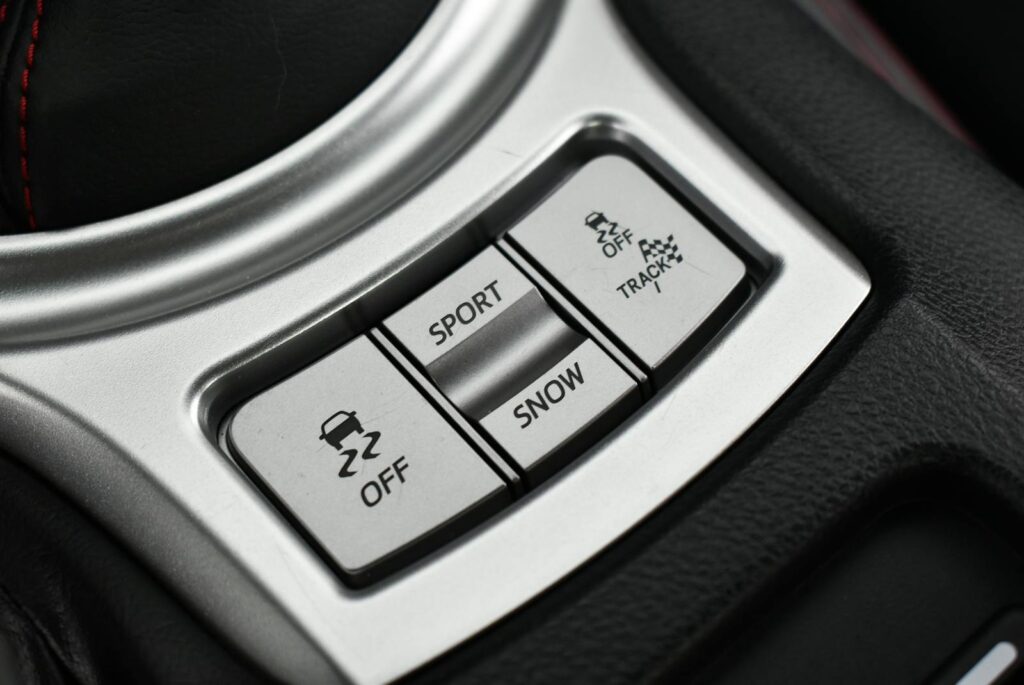
8. **’S’ Mode vs. Standard Drive (‘D’): A Direct Comparison**
Drive (D) mode serves as the default for most everyday driving, calibrated by manufacturers to strike a harmonious balance between engine power and fuel efficiency. The transmission automatically cycles through gears at regular intervals, ensuring smooth, predictable acceleration and cruising. It’s ideal for routine commutes, city driving, and long-distance highway journeys where conserving fuel and comfort are primary concerns.
Switching to ‘S’ (Sport) mode, however, fundamentally alters this dynamic. Instead of prioritizing efficiency, Sport Mode recalibrates the transmission to unleash the vehicle’s maximum power and responsiveness. This is achieved by holding the engine in lower gears for longer periods, allowing the RPMs to climb higher before shifting. The result is a more aggressive power delivery, offering faster acceleration and a heightened sense of control, transforming the driving experience into something distinctly more engaging and performance-oriented.
The distinction extends beyond just gear shifts. While D mode provides a relaxed and economical drive, S mode emphasizes instant gratification and dynamic feedback, delivering punchier shifts and sustained high-rev power. This trade-off, where peak performance takes precedence, inevitably leads to increased fuel consumption compared to standard Drive mode.

9. **When to Avoid Sport Mode for Optimal Driving**
While Sport Mode offers an undeniable thrill, there are numerous scenarios where its activation is counterproductive, leading to unnecessary expenses and reduced comfort. For instance, in typical daily commutes, driving children to school, or performing routine errands around town, the inherent benefits of Sport Mode – such as increased power and tighter handling – simply aren’t required. In these situations, the mode’s drawbacks, particularly its significant impact on fuel economy, quickly become a costly burden.
For extended highway driving where consistent speed and efficiency are paramount, Sport Mode rarely provides a noticeable advantage and can actively detract from the experience. Running the engine at higher RPMs and delaying gear shifts for sustained periods on straight roads primarily results in increased fuel consumption and added strain on the engine, without offering significant improvements in responsiveness for cruising. Stiffened suspension also diminishes passenger comfort on longer journeys.
Sport Mode should be employed judiciously, only when its performance advantages genuinely outweigh the associated disadvantages. It’s not designed to be a perpetual setting. Choosing when *not* to engage Sport Mode helps preserve your vehicle’s engine and transmission longevity, maintain optimal fuel efficiency for routine tasks, and ensures a more comfortable ride for all occupants. It is a tool for specific moments of spirited driving, rather than an everyday default.
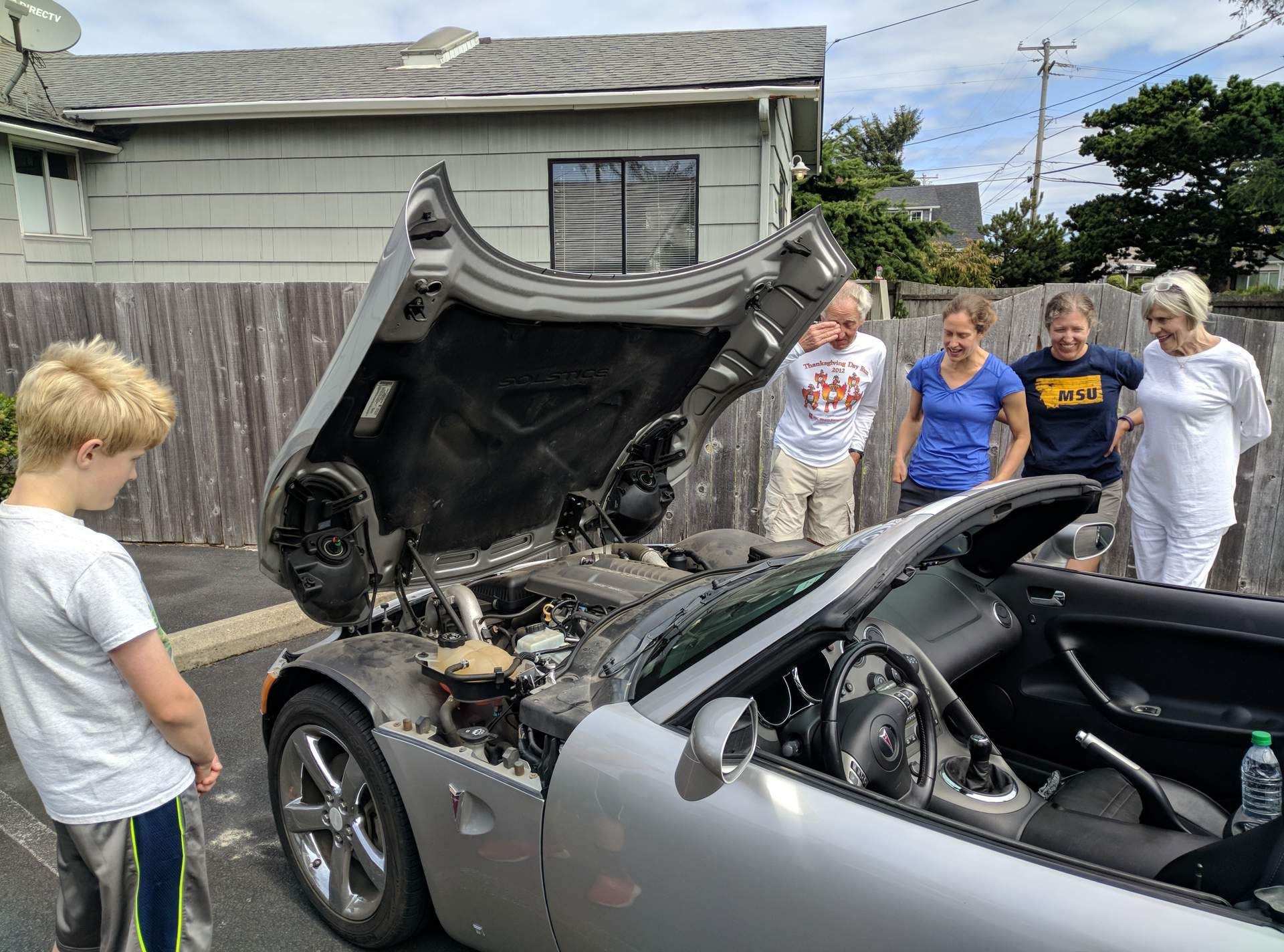
10. **Seamless Transitions: Shifting Between ‘D’ and ‘S’ While Driving**
Many drivers often wonder if it’s safe and advisable to switch between ‘D’ (Drive) and ‘S’ (Sport) modes while the vehicle is in motion. The straightforward answer is yes; it is perfectly acceptable and designed to be done on the fly in most automatic vehicles. Manufacturers have engineered these transmission systems to allow for dynamic mode changes, offering drivers the flexibility to adapt their vehicle’s performance characteristics to evolving road conditions or personal preferences without needing to come to a stop.
To ensure a smooth and safe transition, however, there’s a simple best practice to follow: avoid shifting while the accelerator pedal is pressed to the floor. While the car’s computer will likely prevent any immediate damage, lifting off the gas pedal momentarily before engaging ‘S’ mode allows the transmission to prepare for the change in driving dynamics more gracefully. This momentary release of throttle input provides the automatic transmission with the optimal conditions to recalibrate its shift points and engine response, preventing any abrupt lurches or undue stress on the drivetrain components.
Once ‘S’ mode is selected, allow the vehicle a brief moment to respond and adjust. You will quickly notice the transmission holding gears longer, the engine revving higher, and a palpable increase in responsiveness as the car shifts its focus to performance. This seamless transition capability underscores the versatility of modern automatic transmissions, empowering drivers to switch from an economical, comfortable drive to a more engaging, performance-oriented experience.
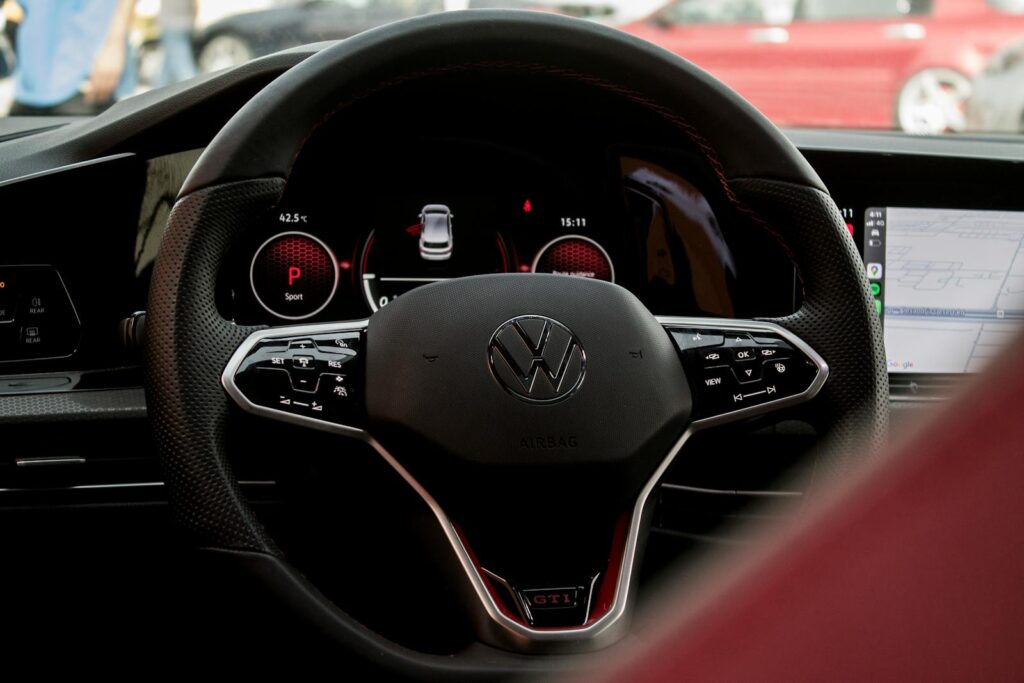
11. **Debunking Sport Mode Myths: Common Misconceptions**
Sport Mode is often surrounded by misconceptions, leading some drivers to either overuse it or avoid it entirely. One common myth is that engaging Sport Mode magically injects additional horsepower into the engine beyond its advertised maximum output. In reality, Sport Mode does not inherently add more horsepower, but instead optimizes the engine’s response and transmission’s gear selection to *access* existing power and torque more readily and efficiently.
This means the engine becomes exceptionally responsive to throttle input, achieving optimized timing for performance and less pedal travel, making the car *feel* more powerful and quicker. This perception of added power comes from the transmission holding lower gears longer, keeping the engine in its optimal power band for immediate acceleration. It’s about maximizing the vehicle’s inherent capabilities, not increasing its peak output.
Another prevalent misconception is that it’s detrimental or unsafe to drive in Sport Mode all the time. While manufacturers design vehicles to operate without restriction in Sport Mode, making it technically ‘safe’ for continuous use, it’s generally not recommended. The primary reasons against constant Sport Mode driving are pragmatic: significantly reduced fuel economy and increased strain on engine and transmission components, which can accelerate wear and potentially shorten the vehicle’s lifespan. Judicious use is key to balancing performance enjoyment with long-term vehicle health and economic sense.
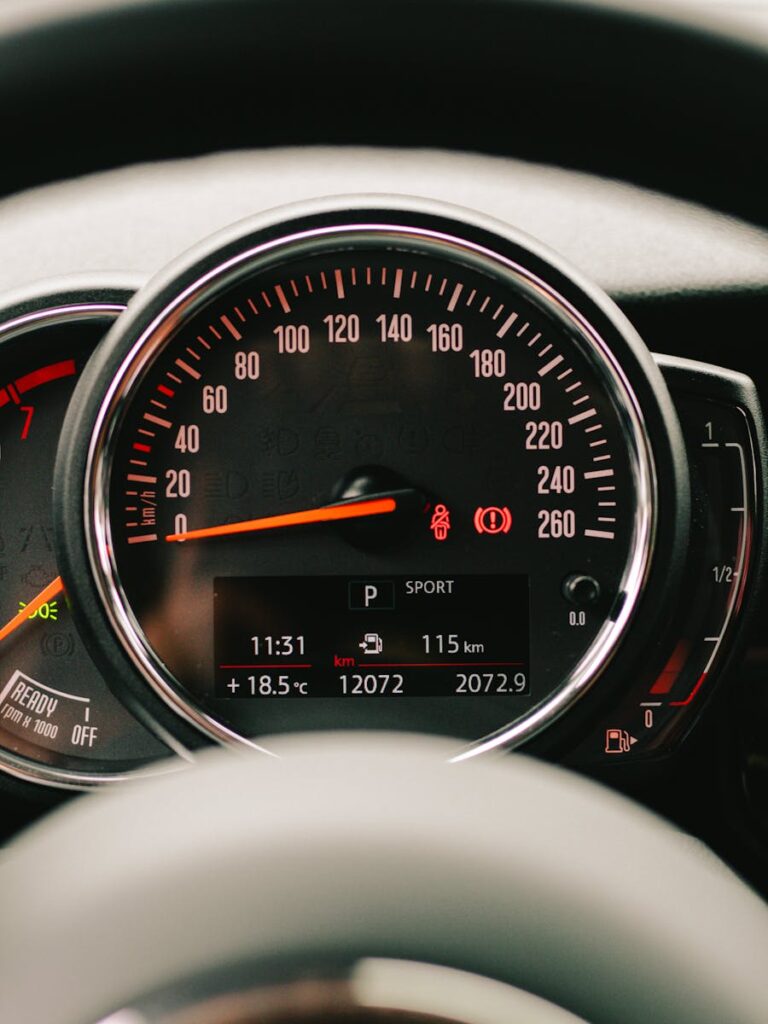
12. **Beyond the Basics: Exploring Other Drive Modes (+ and -)**
Modern automatic transmissions often extend beyond the simple ‘D’ and ‘S’ modes, offering drivers even greater control through features like manual shifting options, typically indicated by a ‘+’ and ‘-‘ on the gear selector or via paddle shifters. These additions bridge the gap between automatic convenience and manual engagement, allowing drivers to override the automatic transmission’s decisions and select gears themselves. It’s an excellent way to experience a more hands-on driving feel without the need for a clutch pedal.
When you move the gear lever to the ‘+’ and ‘-‘ position (often found within Sport mode or labeled ‘M’), you gain the ability to manually command gear changes. Pushing ‘+’ shifts up a gear, pulling ‘-‘ downshifts. This precise control is useful for maintaining a specific gear, such as holding a lower gear for engine braking on a downhill slope or staying in a higher gear to conserve fuel, rather than letting the automatic system dictate the shift point.
For vehicles with steering wheel-mounted paddle shifters, this manual control becomes even more intuitive and accessible. Engaging the manual mode typically allows the driver to use the paddles – right for upshifting, left for downshifting – to cycle through gears. This feature is a favorite among enthusiasts who crave precise control, especially when navigating winding roads or on a racetrack, where quick, deliberate gear changes can enhance performance and driving enjoyment.
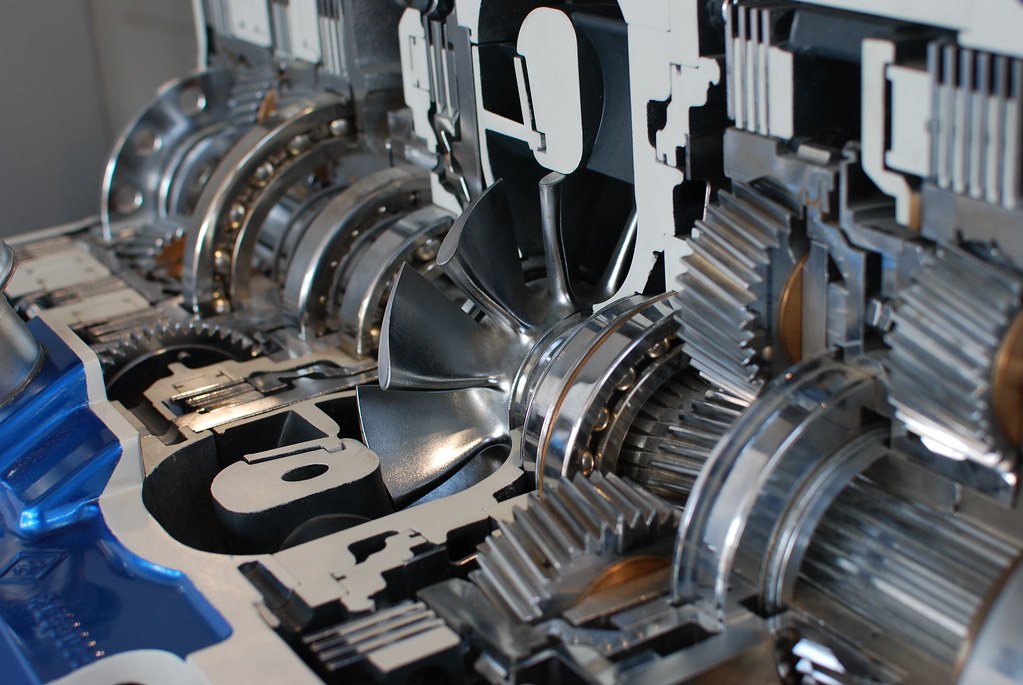
13. **Limiting Gears: The Role of 1, 2, 3 Settings**
In addition to manual shifting options, some automatic transmissions feature numbered selections such as ‘1’, ‘2’, or ‘3’ on the gear shifter. These positions are designed to limit the transmission’s upward shifting, effectively restricting the vehicle from operating within a certain range of lower gears. Unlike Sport Mode, which influences shift timing, these numbered settings impose a strict ceiling on the highest gear the transmission will engage, providing precise control over the car’s power delivery in specific driving conditions.
For instance, selecting ‘1’ will confine the transmission to the first gear, ensuring maximum torque delivery at low speeds. This can be exceptionally useful when navigating extremely steep inclines, pulling very heavy loads, or attempting to gain traction in challenging off-road or slippery conditions where controlled, low-speed power is essential. Similarly, ‘2’ or ‘3’ would limit the transmission to not shift beyond the second or third gear, respectively, offering a balance of control and slightly higher speed capability than first gear alone.
These gear-limiting options are invaluable for maintaining control and preventing the transmission from constantly hunting for gears in demanding situations. They can provide enhanced engine braking when descending long, steep hills, helping to reduce wear on the conventional brakes. Understanding and utilizing these numbered gear selections can significantly improve your vehicle’s capability and safety in specialized circumstances where the standard ‘D’ mode might not provide adequate control or power.
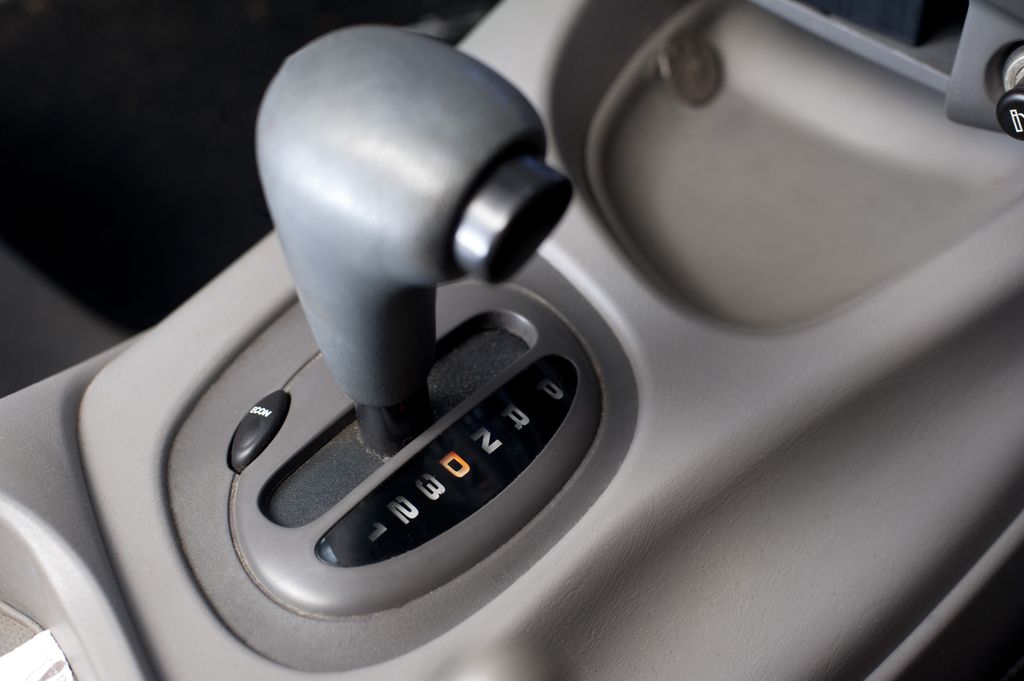
14. **Understanding Low Gear (‘L’) and Its Practical Applications**
Many automatic vehicles feature an ‘L’ on the gear shift, which stands for “Low” gear. This specialized setting restricts the transmission to its lowest available gears, ensuring the engine operates at higher RPMs to generate maximum torque. Unlike the automatic gear cycling in ‘D’ or the performance-oriented shifts in ‘S’, ‘L’ mode is about providing brute force and enhanced control for very specific, demanding situations where sustained low-speed power is critical.
The ‘L’ gear proves incredibly useful when tackling challenging terrains or performing heavy-duty tasks. When ascending a steep hill or towing a significant load, engaging ‘L’ mode prevents the transmission from upshifting prematurely, keeping the engine in its most powerful operating range. This sustained power output makes it easier for the vehicle to overcome resistance and maintain momentum, reducing strain on the engine and ensuring a controlled ascent or pull.
Similarly, ‘L’ mode is highly beneficial for descending steep grades. By locking the transmission into a low gear, it leverages the engine’s natural resistance to rotation – known as engine braking – to help control the vehicle’s speed. This reduces reliance on constant brake pedal application, preventing brake fade and overheating, and ultimately enhancing safety and extending the life of your braking components. However, prolonged or unnecessary use of low gear can cause the engine to rotate faster and create more stress on its parts, potentially shortening its lifespan, so ‘L’ should be reserved for when its specific benefits are truly needed.
As we’ve journeyed through the intricacies of your car’s gear shift, from the everyday ‘D’ to the spirited ‘S’ and beyond, it’s clear that modern automatic transmissions offer a rich tapestry of capabilities. Understanding these various modes empowers you not just to drive, but to truly *command* your vehicle, tailoring its performance to every conceivable road condition and personal preference. Whether you’re seeking a burst of power for an overtake, precision for a winding road, or robust control for a steep incline, your gear shifter holds the key. So go ahead, experiment responsibly, and unlock the full potential of your ride – because knowing your gears isn’t just about driving; it’s about mastering the road ahead.

